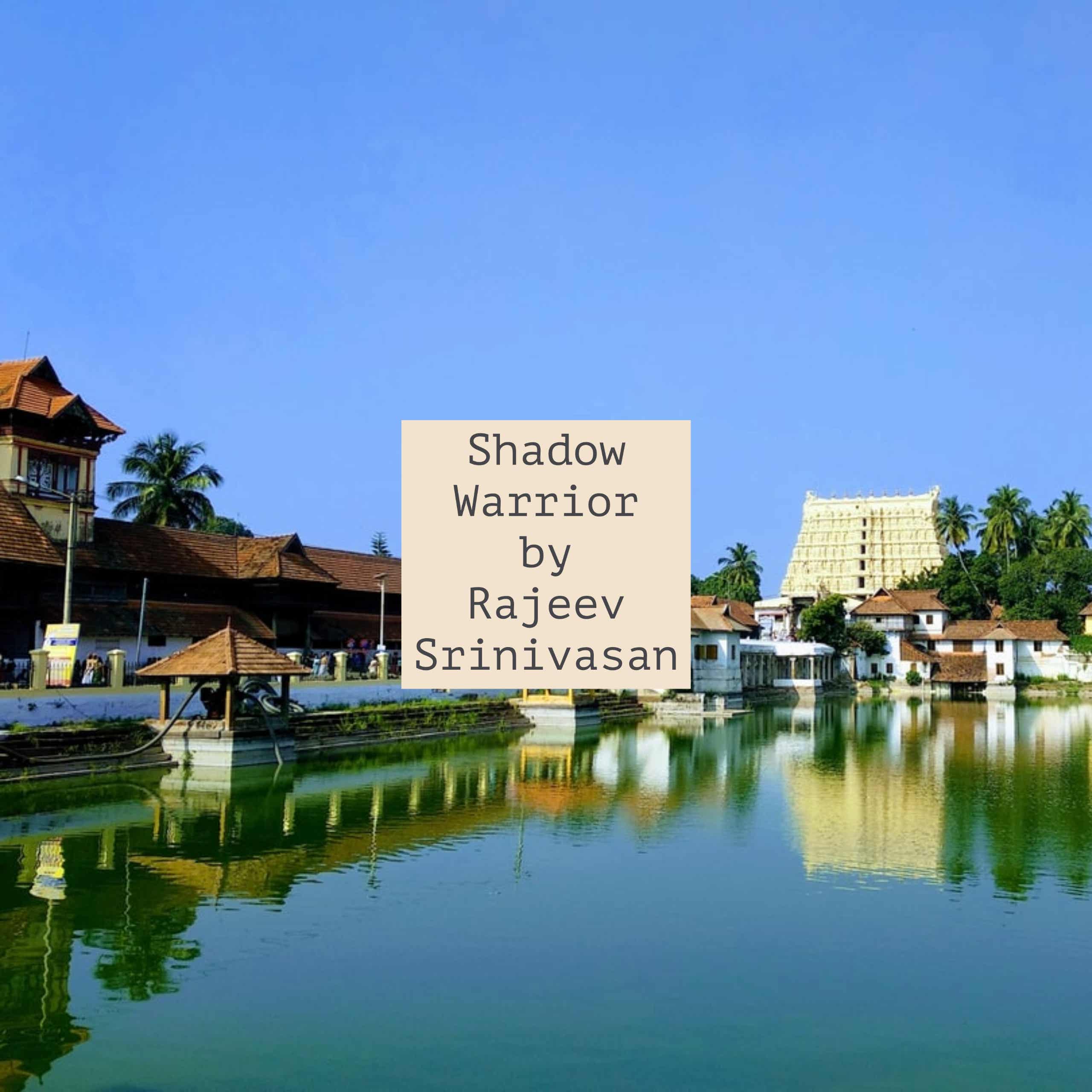Ep. 90: Sarpam Thullal, the Naga dance of Kerala
Description
A version of this essay has been published by firstpost.com at https://www.firstpost.com/opinion/shadow-warrior-sarpam-thullal-naga-dance-of-kerala-12175812.html
Kerala has a long tradition of Naga (sarpa, serpent) worship, as has also been the case in some parts of the Northeast. There are sarpa kavu or untouched patches of virgin forest, where serpent deities reside. There are large temples, for example Mannarsala, where childless couples make offerings to gain the boon of a baby: Nagas are believed to grant fertility.
The Theyyams of Malabar, as well as the bhoota kola of neighboring Tulunadu, celebrate the autochthonic deities of the region. As in the superb film Kantara and to a lesser extent in the film Malikappuram about a girl-child who is an ardent devotee of Swami Ayyappan of Sabarimala, the deities of the land are a powerful presence in the daily lives of the faithful.
In Kantara the traditions are presented with neither explanation nor apology: they just are. In Malaikappuram, which is a very good film as well, there is a bit of a tendency to ‘explain’ away mystical and spiritual experiences in ‘modern, scientific’ terms (which Kantara wisely refrains from, and that is a major part of its charm).
There are traditions where the deities physically inhabit the faithful who have been chosen and undergone the required purification rituals, and the faithful have experiences that are not necessarily amenable to rational, scientific explanation: which probably just means that science hasn’t caught up with tradition. The oracle-like velichapads of Kerala, the oracular vestal virgins of ancient Greece, and the spirit dancers of the bhoota kola are examples.
So are the Nagaraja, Naga Yakshi, Sarpa Yakshi, Mani Nagam, Kari Nagam, Kuzhi Nagam and Kanyavu of the sarpam thullal that I attended at the family temple of some relatives in Alappuzha district in Kerala. They are chosen from among the matrilineal descendants of the family. Apart from the Nagaraja who is a male, the others are all female, and the Kanyavu is a pre-pubescent girl-child.
In passing, matriliny/Devi worship and Naga worship appear to go hand in hand.
I had seen videos of and listened to the hypnotic music of the sarpam thullal before: it is easy to imagine being induced into a trance while listening to it. But this was the first time I was fortunate enough to see it.
The ‘penitents’ stay in the temple for a week or so. (I am reluctant to use that term because they are not sinners, but rather the chosen few who are fortunate enough to experience the rituals first hand. But that seems to be the closest term in English. I think I’ll instead use the neutral term ‘Naga dancers’ for them.) They undergo purification rites (kappu kettu), perform ritual vrtam, and are put on a special sattvic diet that excludes salt or spice.
In addition, there are piniyal (literally minions), other family members who are not part of the thullal itself, but whose duty it is to protect the vulnerable Naga dancers who do enter into a trance-like state and are unaware of their surroundings as they sway to the music. The piniyal do not have to stay in the temple but do undergo the same vratam.
This particular sarpam thullal is conducted once every three years, and it goes on for three days at the temple, which was cleaned up, the surroundings cleared of vegetation, and lit up with bright lights. There are several thullals a day: late morning and/or late afternoon and late night. I attended the second day’s events, afternoon and night: it went on till two in the morning.
The entire function is orchestrated by a Pulluva chief, a tribal man who has a traditionally strong connection with Naga deities. In most temples in Kerala, there is a subsidiary shrine for the Naga deities, and on auspicious days, especially the ayilyam (ashlesha) nakshatra which is associated with Nagas, a Pulluva singer will sing an invocation for you, playing his violin-like instr
More Episodes
A version of this essay has been published by firstpost.com at https://www.firstpost.com/opinion/opinion-what-makes-trump-a-better-candidate-for-india-and-world-13831800.html
An AI-generated (courtesy notebookLM.google.com) podcast based on this essay is here:
In all humility, I accept that my...
Published 11/03/24
The potential consequences of a Trump presidency for India span multiple dimensions, including military, economic, trade, cultural, financial, and social aspects. Here’s an overview of these impacts:
Military and Geopolitical Implications
- Defense Ties: Under Trump, India may continue to...
Published 10/27/24


